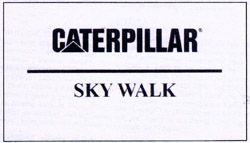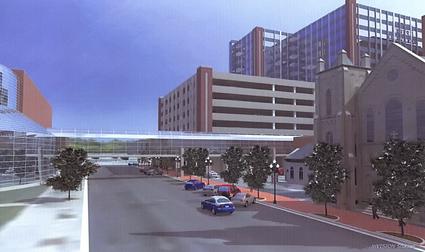On March 20, 2012, in the primary election a majority of citizens voted yes on a referendum question allowing corporate authorities to form a Municipal Opt-Out Electricity Aggregation. City Officials are happy to offer eligible residents and small businesses SAVINGS over Ameren Illinois (“Ameren”) rates by banding together all eligible electric service classes.
So begins the official notice I received Monday about the City’s electric aggregation opt-out program. I have been expecting this notice. But there are a couple of things that I didn’t expect:
- Less than 15 days to opt out. To opt out, you are required to return a form “before the deadline date of June 1, 2012.” In the Plan of Operation and Governance document received and filed by the City Council on April 10, it was stated that “there will be an Opt-Out Period of at least 15 days from the postmark date on the notice to postmark the return Opt-Out notice if they do not wish to participate in the Program.” At least 15 days, they said. So, what was the postmark on the letter? May 18. May 18 to June 1 is 14 days. Am I being nit-picky? Try paying your parking fine a day late and see how nit-picky the City is with you.
- No fee disclosure. The letter also avers that “you will not be charged a fee for partaking in this program.” However, the April 10 council communication states, “The program will also create a modest income source for the City of Peoria ($0.001/kWh).” Elsewhere, this is called “additional margin available to Peoria.” What is this if not a fee? I’m not necessarily saying this fee can’t be justified, but it is a fee, and should be disclosed as such.

 One of the most prominent pieces of the hotel redevelopment will carry a corporate sponsor’s name: the Caterpillar Sky Walk.
One of the most prominent pieces of the hotel redevelopment will carry a corporate sponsor’s name: the Caterpillar Sky Walk.
